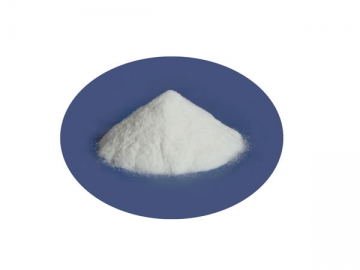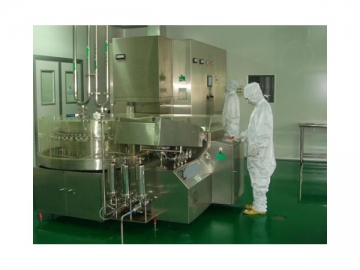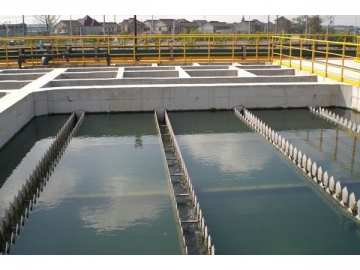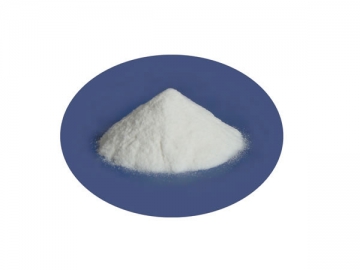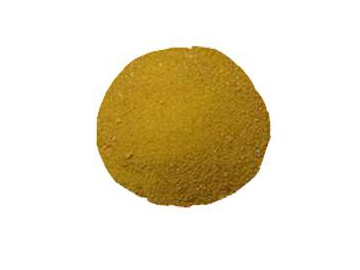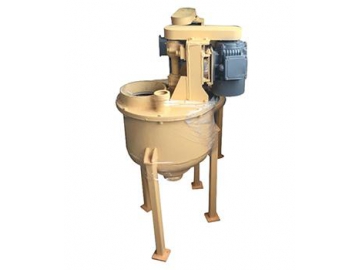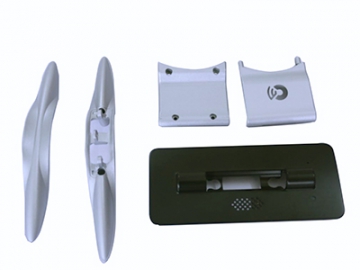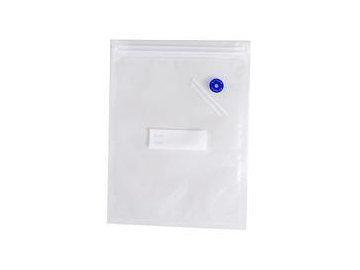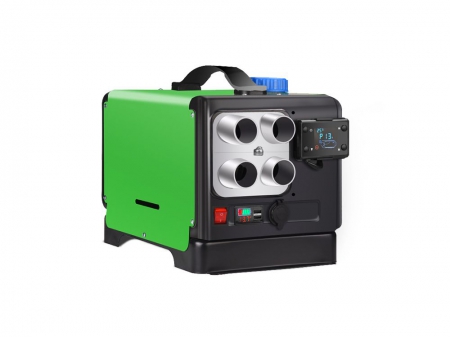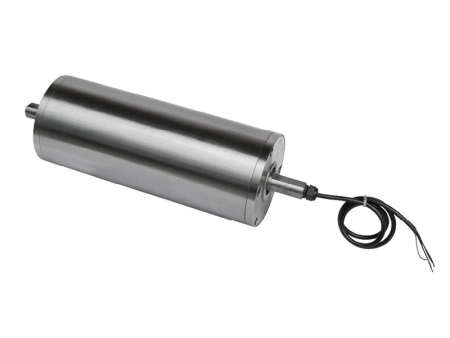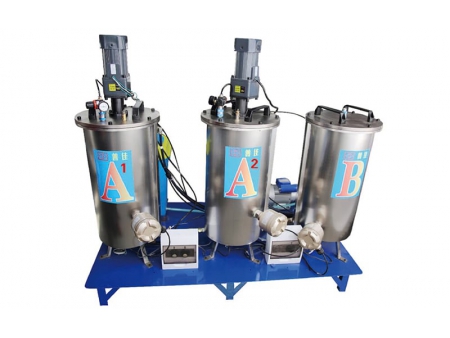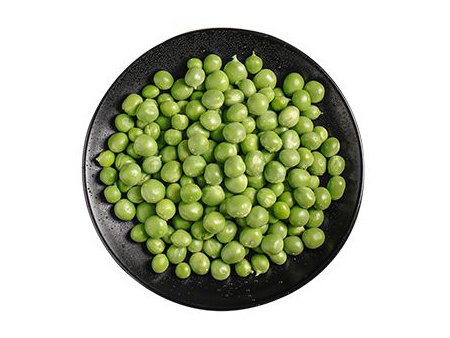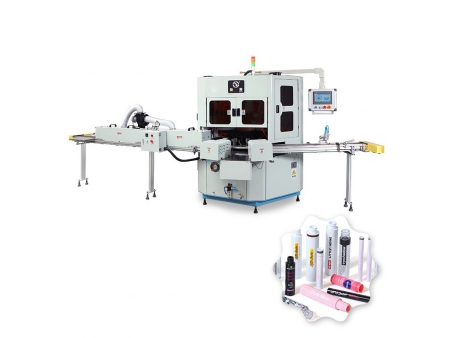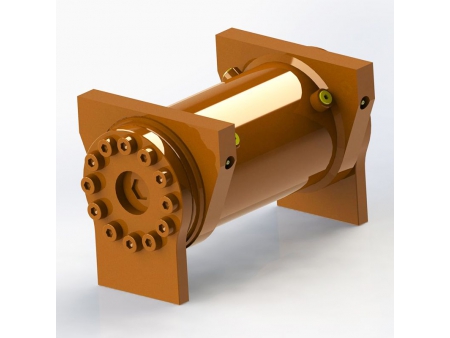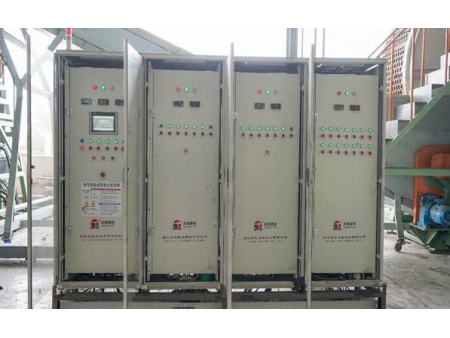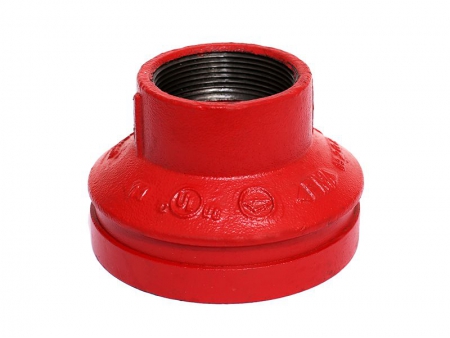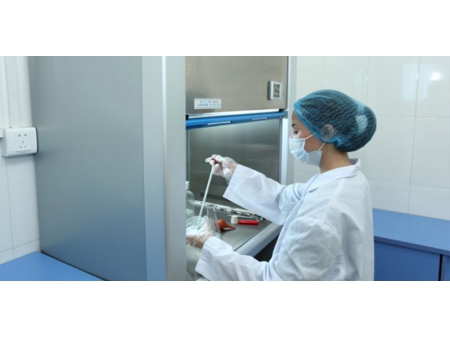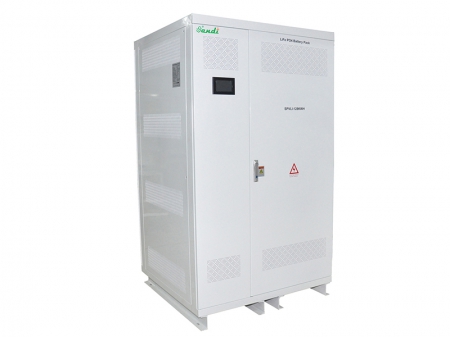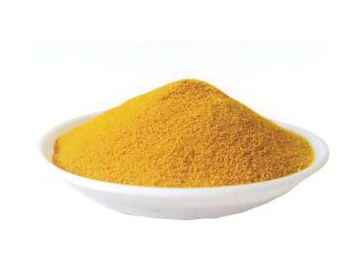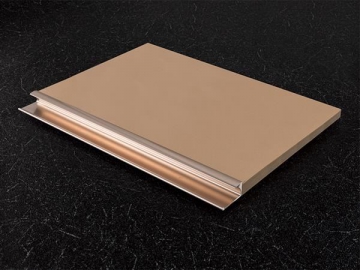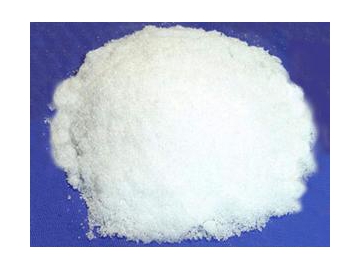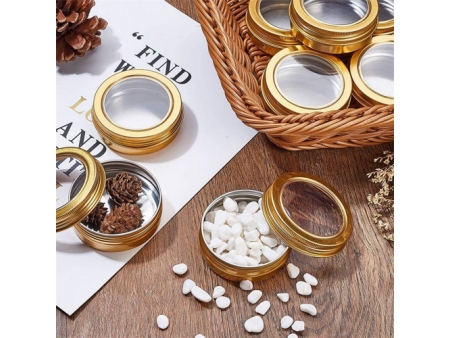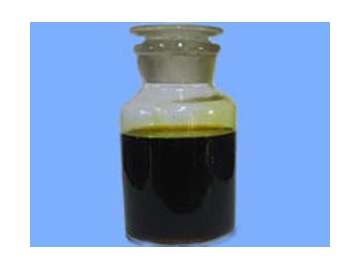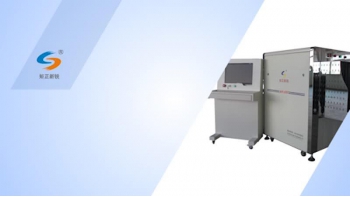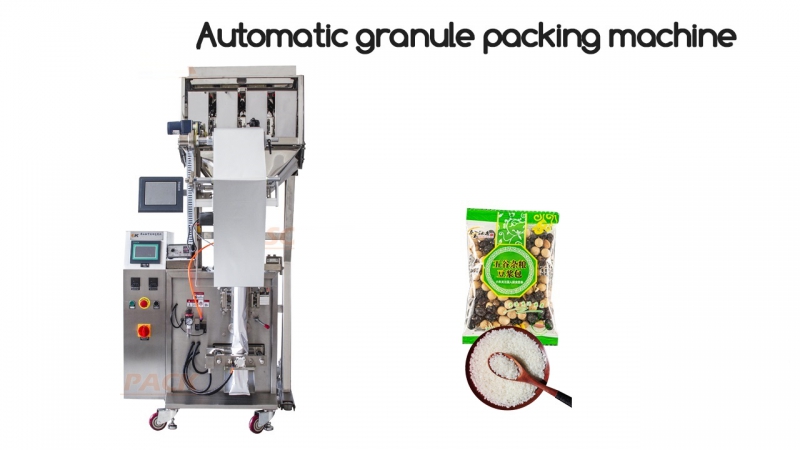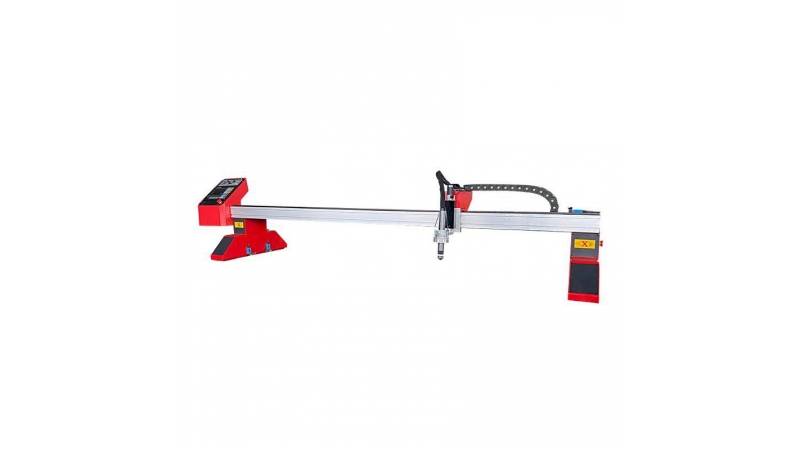Aluminum Chlorohydrate (ACH)
CAS No.: 1327-41-9
Typical Applications: Used as polymer flocculant for water treatment
Properties
Aluminum chlorohydrate, abbreviated as ACH, is an inorganic polymer. It is a white solid powder that is easily soluble in water. Its solution is colorless transparent liquid with specific gravity of 1.33-1.35g/ml at 20℃. Its aqueous solution is corrosive.
Applications
1. As a flocculating agent, aluminum chlorohydrate is mainly used for the purification of drinking water and the special treatment of water supply. This selection of water purification chemicals can remove various kinds of organic matter from water. For instance, it can eliminate the iron, fluorine, cadmium, radioactive contaminants, and the floating oil, among others.
2. Aluminum chlorohydrate is suitable for industrial wastewater treatment such as the printing and dyeing wastewater. In addition, it is fit for water treatment in different industries including the precision casting, pharmaceuticals, papermaking rubber, tanning, petroleum, chemicals, dyes, and more.
3. Sewage treatment plants have made great contributions so as to meet stricter standards. Many people start to focus on the aluminum chlorohydrate which can not only improve the quality of domestic water and drinking water, but also control cost and enhance efficiency. As a special type of water treatment chemicals, aluminium chlorohydrate can help reduce the dose of alkaline and chemical solids while simultaneously improving the operation of a factory.
Functions and Characteristics
1. Aluminum chlorohydrate integrates the optimum functions of numerous inorganic and organic coagulants. It has filled up the difference of performance between organic polymers and traditional metal groups, e.g., alum and ferric coagulant.
2. ACH has multiple remarkable features when compared to polyaluminum chloride (PAC) and alum. It is the most concentrated soluble aluminum-based coagulant available with the highest basicity.
Basicity is referred to the amount of hydroxide or OH- groups associated with aluminum aggregates. It is defined by the equation: Basicity = [OH]/(3 x [Al]). High-basicity chemicals have a higher positive charge. They are highly efficient in coagulating negatively charged contaminants.
3. Aluminum chlorohydrate contains the alumina of 23%-24% and the aluminum metal of over 12%. Its alkalinity ranges from 82% to 85%. By contrast, alum has 8.3% Al2O3 on a liquid basis and no basicity, while PACl usually has approximately 10% Al2O3 and a basicity of about 50%.
4. Since ACH has high content of metal, its dosage is always half needed for PAC and approximately one-third required for liquid alum. The dosage decrease with ACH is resulted from its charge characteristics. Some of the aluminum metal in aluminium chlorohydrate is more cationic than that in alum or PAC. The increased charge allows ACH to work at lower metal dosages, further lowering chemical solids generation and aluminum residual levels in finished water.
5. Aluminum chlorohydrate forms a stronger, denser floc which settles faster than the fluffier flocculants of traditional inorganic coagulants. It is important especially when water becomes colder and more viscous in winter. Alum makes a plant be faced with severe postfilter precipitation problems in cold water. The problem can be eliminated with ACH, which helps reduce filtered and finished water turbidity below 0.1 NTU.
6. As a filter aid, aluminum chlorohydrate helps treat settled water in conventional plants. Also, it can benefit plants using organic polymer filter aids. Problems with organic polymers arise, because they do not penetrate the filter bed deeply and can stick to the upper surface. This will result in filter fouling, mud balling and shorter run lengths.
7. ACH has the minimal impact on treated water alkalinity levels of any inorganic coagulant. Therefore, it decreases or eliminates pH depression and the corresponding need for alkali. With high alkalinity, it significantly reduces the corrosion to finished water.
8. Aluminum chlorohydrate is especially adept at handling variable water in that turbidity, particles, organics and other parameters change rapidly. The water can challenge other metal-based coagulants. Ferric sulfate dosage varies from 80ppm to 130ppm, while ACH ranges from 37ppm to 45ppm.
ACH gave somewhat lower settled water turbidity and approximately 60% lower-turbidity filtered water than ferric sulfate. ACH had a faster response time, because of its smaller dose. Caustic demand was nearly 90% less with ACH than with ferric sulfate, which improves operations and also reduces cost. ACH also cut chemical sludge almost in half during the high turbidity episode when chemical demand was high.
9. As the most concentrated aluminum form, low doses of aluminum chlorohydrate are able to remove phosphorus. In theory, 0.87 Al metal is needed to remove 1 part of phosphorus.
10. ACH may be effective for total organic carbon (TOC) removal at many plants. Even though it does not lower pH as do other metal-based coagulants, this chemical adds high amounts of a highly charged metal that can lower TOC levels.
11. As a coagulant with alum or iron salts, aluminium chlorohydrate offers plants the option to utilize a common coagulant along with one designed to improve many operating factors. If a turbidity problem arises or caustic costs are high, operators can cut traditional coagulant dosage significantly by adding ACH. One plant lowers liquid alum from 40ppm to 20ppm by adding less than 5ppm of ACH, which enormously decreases caustic feed rate and chemical solids.
Specifications of Aluminum Chlorohydrate| Item | Solid | Liquid | ||
| Water Treatment Grade | Household Chemical Grade | Water Treatment Grade | Household Chemical Grade | |
| Alumina Content % | 43.8-47.6 | 46-48 | 21.9-23.8 | 23-24 |
| Basicity % | 60-85 | 75-85 | 60-85 | 75-85 |
| PH Value (15% aqueous solution) | 3.5-5.0 | 4.0-4.4 | 3.5-5.0 | 4.0-4.4 |
| Water Insoluble % | ≤0.1% | ≤0.01% | ||
| Liquid | 200L PE drum, 1000L IBC drum, 14-24m3 flexitank, and tanker in bulk close to customers |
| Solid | 25kg, paper bag, woven bag, or PE film bag 25, 50, and 125㎏, fiber drum |
